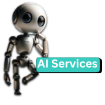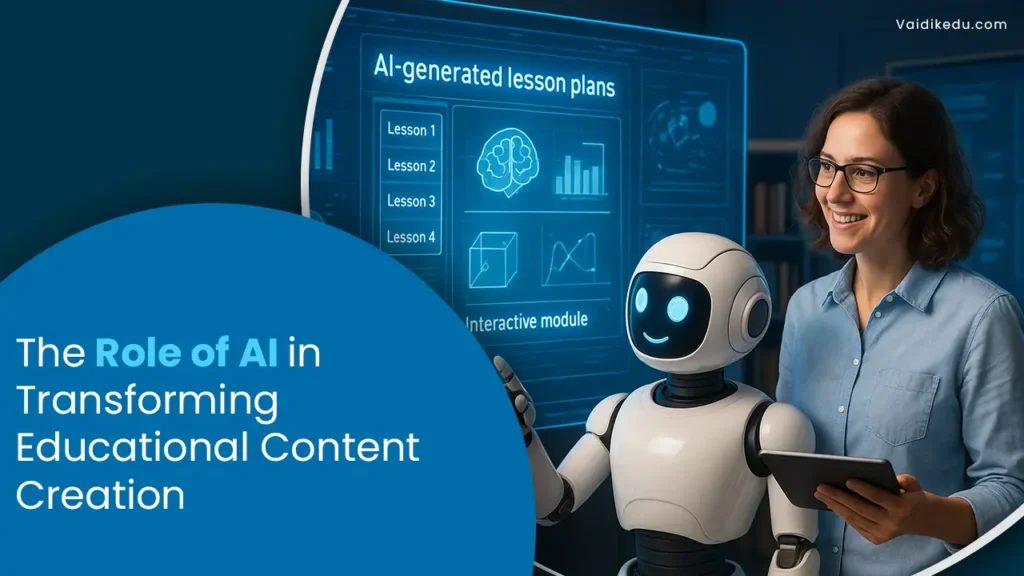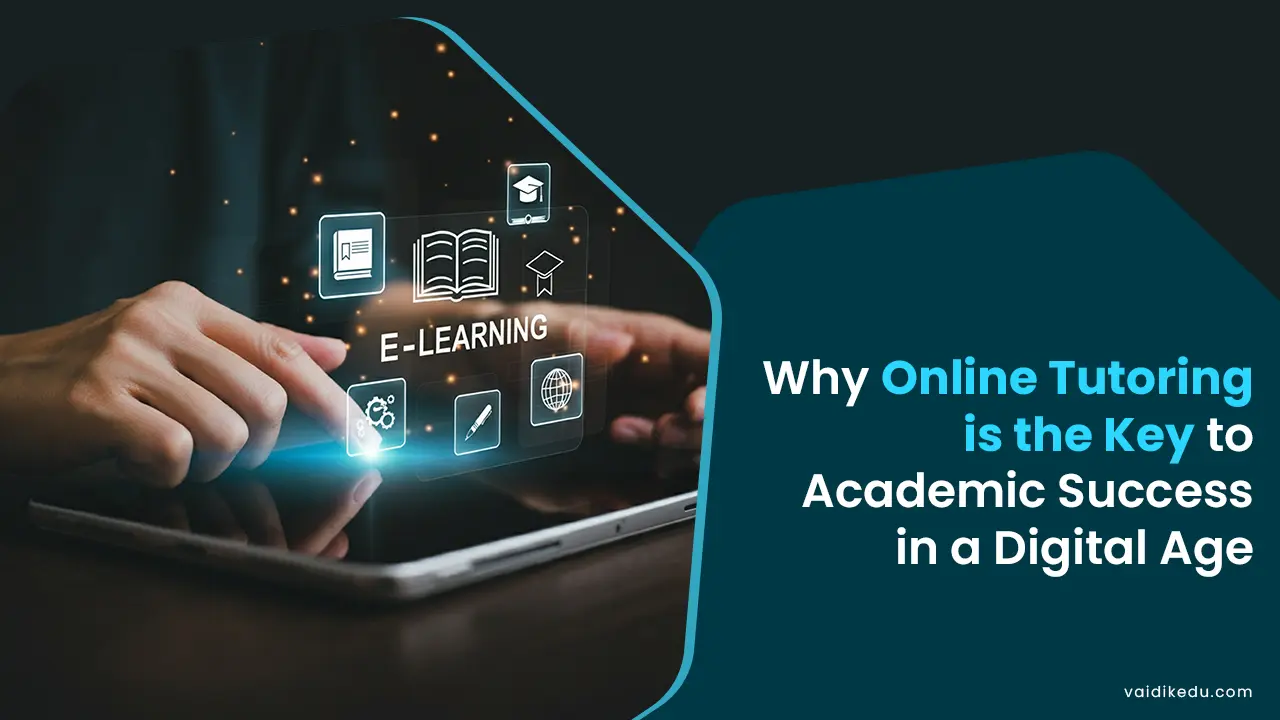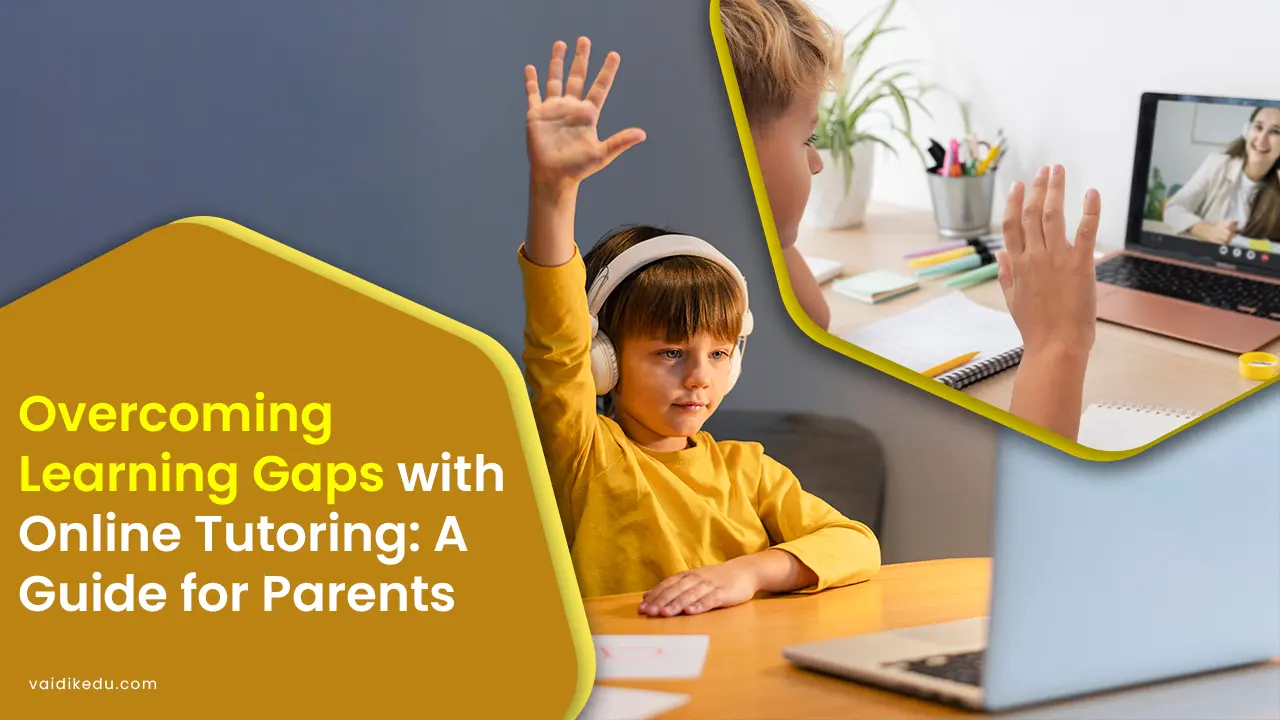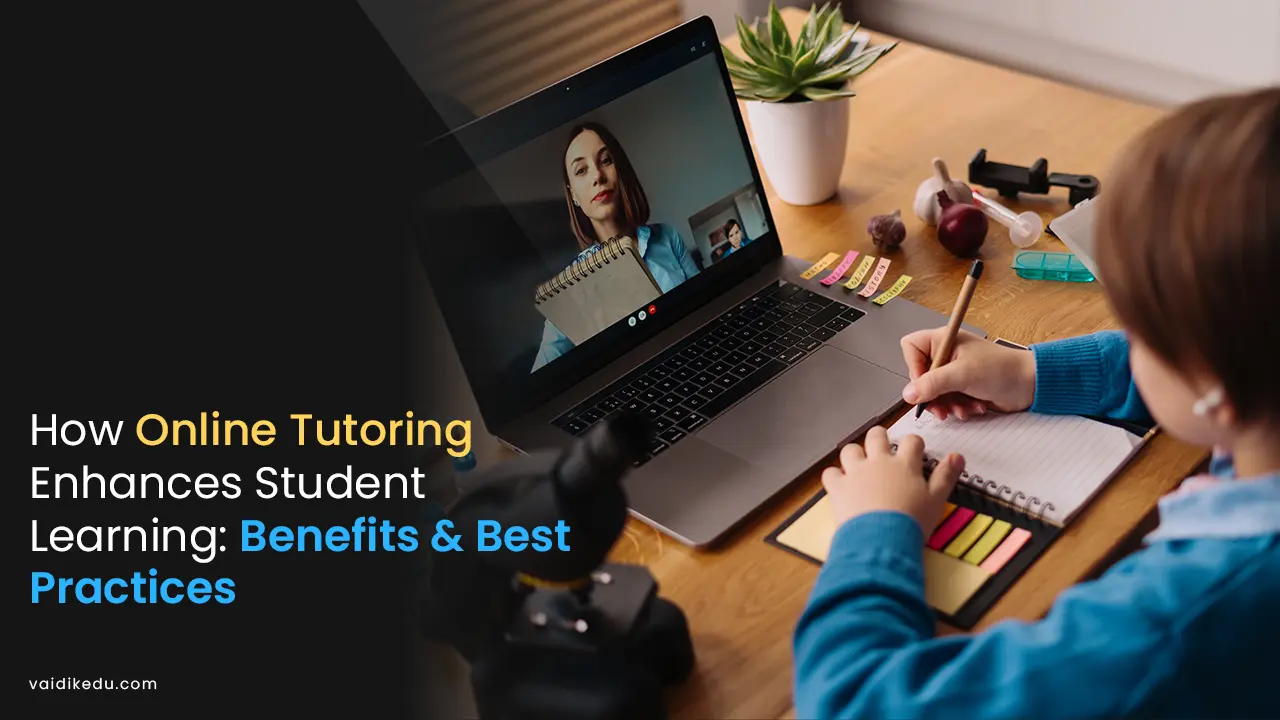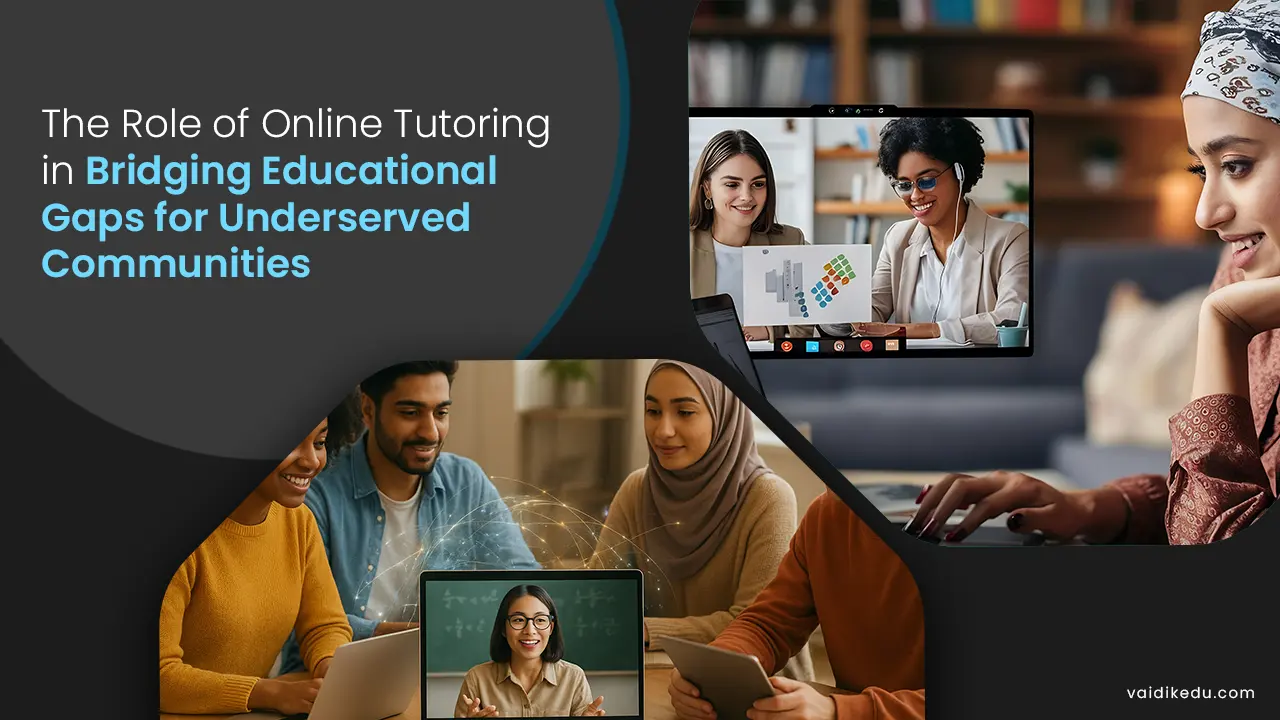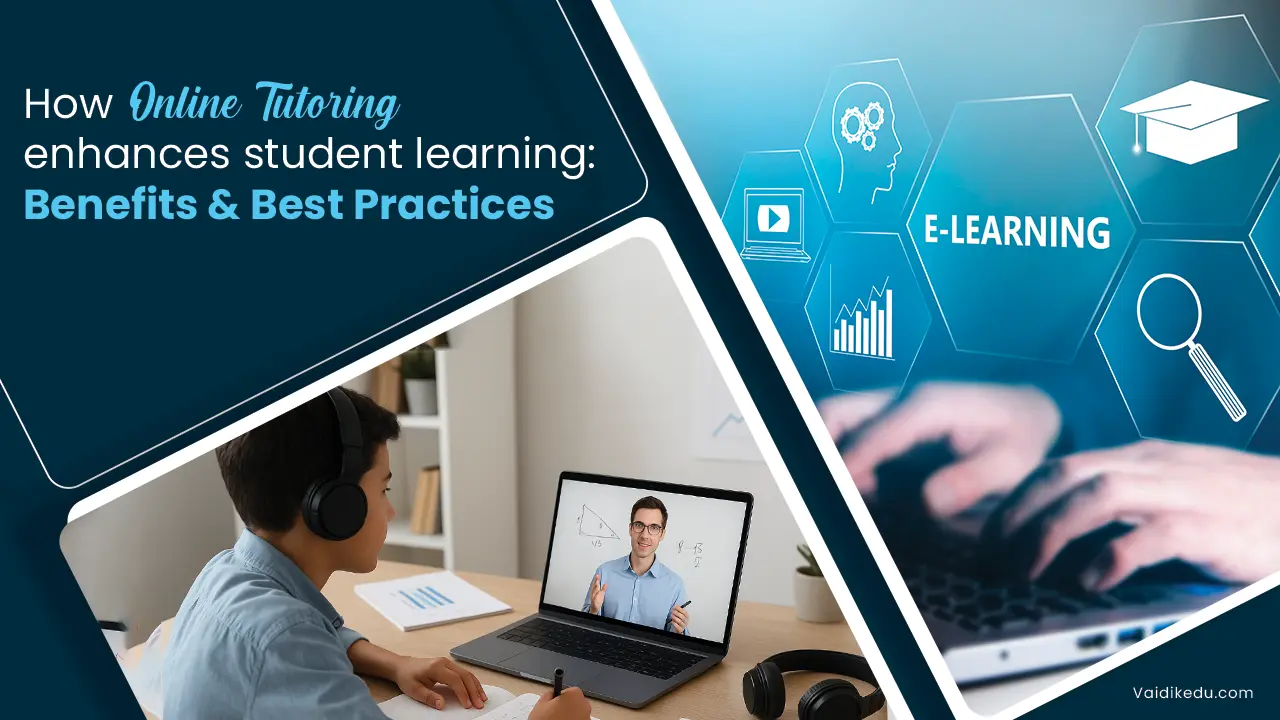AI is the transformative power for any sector and is the one changing education, which comprises AI because it rejuvenates the way content for educational materials is developed, adapted, and dispensed.
Starting from automation of mundane jobs to data analysis, the possibility of facilitating a learning experience tailored to needs allows all stakeholders in education-from instructors, and developers of education material, to the learner.
This blog covers the use of AI in redefining the nature of creating educational content from making it streamlined, to its capacity for making educational material engaging and accessible.
The Impact of AI on Modern Educational Content Development
1. Content Automation
AI tools can make the creation of content much easier and faster in educational institutions. Advanced algorithms can generate quizzes, assignments, and interactive material based on a topic or a specific learning objective.
Content Summarization: AI can take lengthy textbooks and summarize them into concise notes or key points for easy reference.
Test Generators: Tools like Quizlet make use of AI to generate practice tests and flashcards on any specific subject.
Video Content Creation: AI will help in the generation of engaging video tutorials by producing animations, voiceovers, and subtitles
This will robotize the workload of teachers so that they have ample time to train and mentor students.
2. Personalized Learning Experience
AI adjusts the learning content according to the specific needs of the learner. It improves the learning experience by offering content based on the learner’s requirements. Adaptive learning tools online include DreamBox and Khan Academy, which assess the student’s performance and change the content accordingly.
Key Features:
- Identification of Skill Gaps: AI identifies the areas in which learners are weak and offers them targeted resources.
- Tailor-made Paths: Students follow learning paths that correspond to the success and interest level of the learner.
- Immediate Feedback: AI-based courses provide immediate response; hence the learner becomes well aware of where they went wrong and learns
Personalization does not only increase involvement but also delivers better results
3. Wider Access And Inclusion
AI helps improve access through disabled education content, for example :
- Text-To-Speech And Speech-To-Text: A tool like NaturalReader converts any written text into speech and vice versa. This could help visually and hearing-impaired students.
- Translation And Localization: AI-based translators, such as Google Translate, make educational content accessible in multiple languages.
- Assistive Technologies: AI improves screen readers and Braille displays, making digital content more accessible.
These innovations break barriers, ensuring education is accessible to all.
4. Data-Driven Insights For Educators
AI gives teachers actionable knowledge through data analysis, which enables them to improve their teaching methods. For example,
- Performance Analytics: AI analyzes the student’s performance and discovers learning patterns.
- Predictive Analysis: The teacher will predict the challenges that may occur and then take pre-emptive action.
- Curriculum Optimization: With data, the teachers can alter the curriculum contents according to the needs of the learner and the trends in the industry.
This will be more data-driven decisions and, consequently, quality learning experiences.
5. Interactive And Gamified Learning
AI makes it possible to have interactive and gamified content that involves the learner. The application of AI makes Duolingo give users challenges according to performance. A few key components are:
- Gamification: Through AI, this application introduces rewards, badges, and leaderboards within the learning module to encourage learners.
- Simulations: AI-based simulation enables learners to engage in the practice of real life in a safe virtual environment.
- Immersive Technologies: AI powers AR and VR content that facilitates hands-on learning.
Interactive content encourages active participation and better retention.
6. Effective Collaboration And Communication
AI is bridging the gap between educators, students, and parents through efficient communication tools.
- Chatbots: AI chatbots provide instant answers to student questions and assist teachers by automating administrative tasks.
- Collaboration Platforms: AI is applied to enhance collaborative learning experiences through Google Classroom and Microsoft Teams.
- Parent-Teacher Communication: AI-based systems will automatically update parents on their child’s progress.
The tools enable effective communication, hence strengthening the educational system.
7. Ethical Concerns And Challenges
While AI integration in educational content creation has various benefits, it poses ethical concerns and challenges:
- Data Privacy: The protection of students’ personal information from being misused.
- Bias in Algorithms: AI systems need to be developed in such a way that it does not contain biases that can affect the performance of the learner.
- Digital Divide: Not everyone has the facilities that AI would require to run its processes.
Issues need to be addressed in making AI accessible equally and ethically.
The Role of AI
1. Content Automation
AI makes it easy and fast to follow procedures in an education institution regarding the content of their creation, producing quizzes and assignments along with other interactive materials on a certain subject matter or area of study.
Content Summarization: AI may take long novels and reduce it to concise notations or key points for easy understanding.
Test Generator: Quizlet is a set of tools through which AI-generated practice tests and flashcards for any specified subject can be generated.
Video Content Generation: AI will work in the area of creating some interesting video tutorials by generating some animations, voiceovers, and sub-titles, which will reduce the workload on the teachers while they will find enough time for training and counseling of students.
2. Personalized Learning Experience
It adjusts the learning material according to the learner’s requirements, and hence it is one of the most effective learning activities. Online adaptive learning tools include DreamBox and Khan Academy, which track the student’s performance and adjust the content according to it.
Key Features: It identifies the areas where learners fail and provides focused resources in the skill areas identified by AI.
Personalized Paths: The learning paths are followed based on the student’s achievements and interests.
Immediate Feedback: AI-based programs ensure that the learner gets immediate feedback; therefore, he/she learns from mistakes and improves.
Personalization not only engages but also impacts results.
3. Expanding Access And Inclusion
AI further ensures the expansion of access through accessible education content with disabilities. Some of these include:
Text-to-Speech and Speech-to-Text: Like NaturalReader, any written text can be transcribed into speech or vice versa. This would assist visually challenged children to understand the content as well as hearing-impaired children to read the content.
Translation And Localization: AI-Based Translators like Google Translate facilitates reaching students’ educational content in a language they cannot understand.
Assistive Technologies: AI accelerates screen readers and Braille displays, so digital content becomes more accessible.
These advancements break barriers and ensure education for all.
4. Data-Driven Insights For Teachers
AI gives teachers insight into actionable information through data analysis, which they can apply to their teaching techniques. For instance,
Performance Analytics: AI analyzes the performance of the student and discovers the learning pattern.
Predictive Analysis: The teacher will predict what problems may arise and then act on them proactively.
Curriculum Optimisation: The data available makes it possible for teachers to alter the curriculum content based on the needs and changes of the industries.
In this manner, there are more data-informed decision-making processes and learning experiences.
5. Interactive And Gamified Learning
AI will enable interactive and gamified content that immerses the learner into the process. Duolingo utilises AI to challenge its users based on their performance to make learning fun. These include but are not limited to:
Gamification: The AI injects rewards, badges, and leaderboards into the modules of learning, which motivate the students.
Simulations: AI-based simulations allow learners to practice real-life scenarios in a virtual risk-free environment.
Immersive Technologies: AI can power AR and VR content for hands-on learning.
Interactive content ensures active engagement, which enhances retention.
6. Efficient Collaboration And Communication
AI is closing gaps between educators, students, and parents with efficient communication tools. This includes:
Chatbots: AI chatbots can easily respond to queries and help teachers with those administrative tasks that can be automated.
Collaboration Platforms: AI fosters collaborative learning through Google Classroom and Microsoft Teams.
Parent-Teacher Communication: AI-based systems automatically update parents on their child’s performance.
The tools ensure effective communication, thus strengthening the entire education delivery system.
7. Ethical Concerns And Challenges
Although AI integration into the design of content in education has many advantages, there are however ethical concerns and challenges:
Data Privacy: For example, protecting learner’s personal data from misuse.
Bias in Algorithms: The AI systems need to be built in such a way that it does not have biases that may affect the performance of a learner.
Digital Divide: Not everyone has the facilities that AI would require to run its processes.
Issues need to be addressed in making AI accessible equally and ethically.
Conclusion
AI is undeniably changing the way one creates educational content, making the processes efficient, personalized, and inclusive. By automation and data analysis, the ability to customize learning opportunities empowers not just the educator but also the learner to maximize strengths.
However, there are greater ethical considerations and even questions about accessibility in maximizing such potential. Along with continued developments of AI in education, many will find much dynamism in the learning environment: a more engaging, inclusive, and inspiring one.
Frequently Asked Questions
It automatizes numerous chores like content summarizing, question-crafting in quizzes, and bringing interactions to material with the aid of AI. Above all, personalization as well as data-based inferences help in the assessment procedure for a teacher.
Adaptive learning platforms- like Khan Academy, translation in AI tools- apps like Google- AI also the learning-based gamified version like Duolingo, etc.
Further AI in education will include more immersion technology such as AR and VR, improved accessibility tools, and more complex predictive analytics designed to learn.

